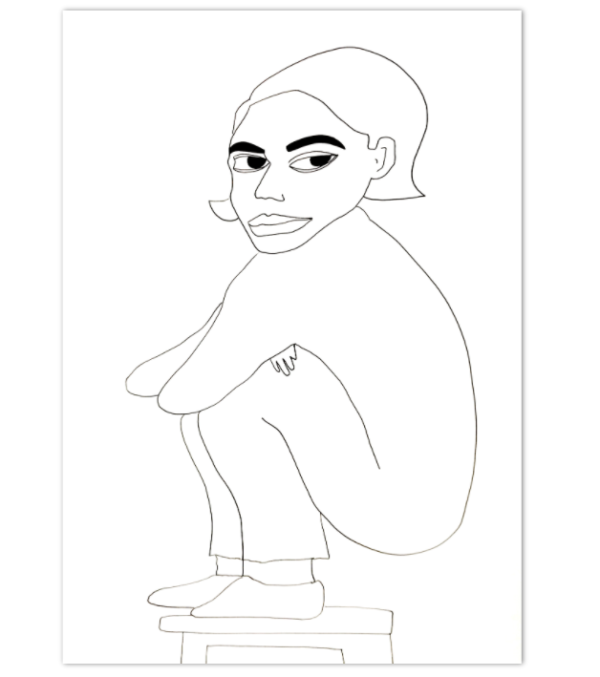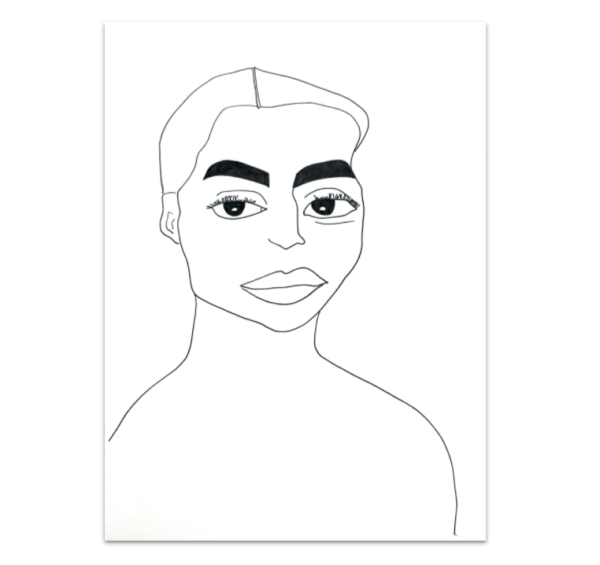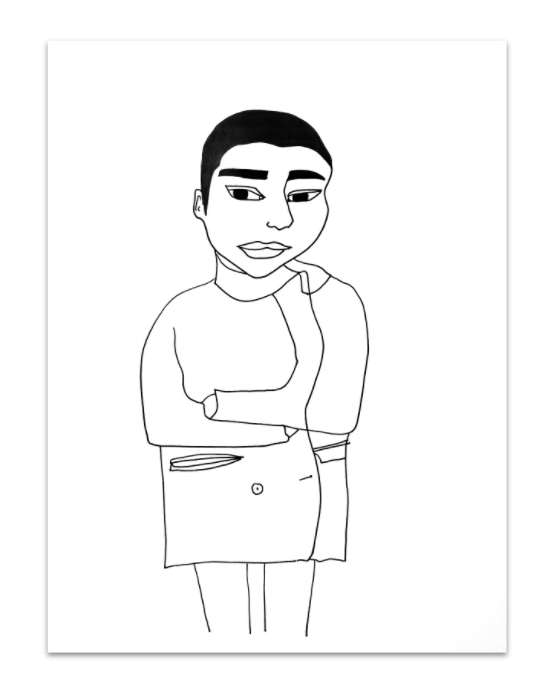“We don’t see things as they are, we see things as we are” says Anaïs Nin. We are made of judgements. Interestingly, the evolution of the word "attitude" resonates with this approach. Originally a French word, attitude was first used as a technical term in art in 1660s to define the posture or position of a figure in a statue or painting. Later it generalized to different meanings such as a posture of the body supposed to imply some mental state and a settled behavior reflecting feeling or opinion. It was not until the 20th century that it started to carry negative connotations like antagonistic and uncooperative. In this series I focus on giving the word a new meaning, by imagining the attitude as the unfiltered reflection of identity, without being influenced by any judgements of the society.
The Attitude
19.11.20 — Serap Gecu
“We don’t see things as they are, we see things as we are” says Anaïs Nin. We are made of judgements. Interestingly, the evolution of the word “attitude” resonates with this approach. Originally a French word, attitude was first used as a technical term in art in 1660s to define the posture or position of a figure in a statue or painting. Later it generalized to different meanings such as a posture of the body supposed to imply some mental state and a settled behavior reflecting feeling or opinion. It was not until the 20th century that it started to carry negative connotations like antagonistic and uncooperative. In this series I focus on giving the word a new meaning, by imagining the attitude as the unfiltered reflection of identity, without being influenced by any judgements of the society.





